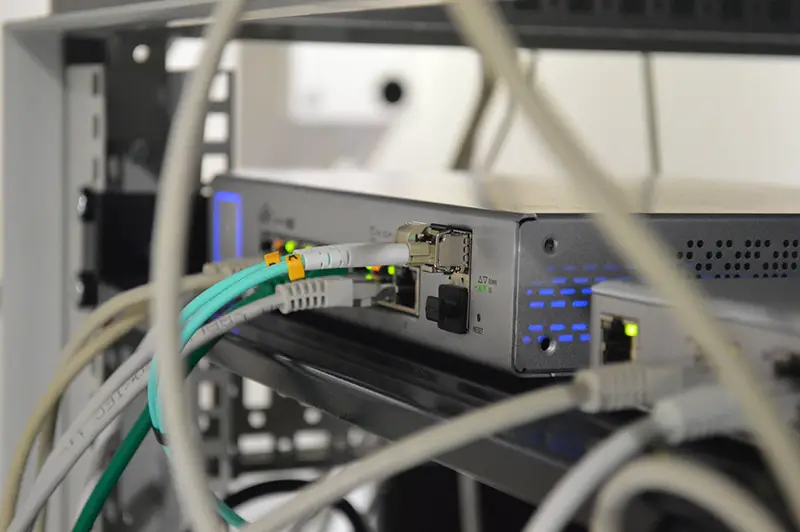Click here to get this post in PDF
An IT networking professional without a few media converters in his tool kit is like a plumber without a wrench or a tree cutter without a saw.
Assuming you’re new to the world of networking technology, a media converter is the type of small device all IT networking professionals should keep handy.
The reason for that is the converter allows them to connect items that are usually incompatible onto one fully-functional LAN.
The Value of Media Converters to Businesses
Converters are critical to companies with a focus on connectivity. For example, if a company is upgrading or rebuilding its IT infrastructure, then media converters would play an integral part in the scheme of things, depending on the types of devices the team plans to connect.
For businesses to get the utmost benefits from their networks, deploying industrial media converters from a company like Antaira would be the ideal choice.
Implementing that type of converter makes the system and installation process much more comfortable.
Converters acclimate different network velocities and present many connectivity choices that let users broaden their perimeter devices’ media route with fiber optic or copper solutions.
Top category converters are adequate for WDM, SFP fiber connections, and more, with some manufacturers and developers of network and communication solutions offering data transfer velocities up to 10 GB.
What is a Media Converter?
A media converter is a system used to link the media that would otherwise be incompatible with it. It is used to connect the fiber optic cable to the twisted pair for support of Ethernet-compatible devices. It can also connect networks consisting of coaxial cables and single-mode fiber optic cables.
What’s a Fiber Optic Media Converter?
A fiber optic media converter is the same thing as a simple media converter. One explanation of why manufacturers and distributors call them fiber optic is to make it easier for consumers to locate them on an online search. The fiber optic cable is valued for its high speed and long-distance capability.
Media Converter Types
Think about the context of this segment. Where and how is this media converter going to be deployed? Internet of Things (IoT) is not just a nice household appliance that can talk to Alexa.
Many firms, such as heavy-duty manufacturing, shipping, mining, and utilities, have leveraged IP technologies’ advantages for years.
Standard Media Converter
The basic media converter does not include a web interface and effectively transforms signals from ethernet to fiber. These are some of the simplest models, and they are companies with junior IT workers and discussed retrofits as their networks grow.
Managed Converters of Media
Controlled media converters can be easily deployed via a simple web interface. They can also be loaded into a chassis, equivalent to a turn. This choice would stabilize the units. Control capability enables remote web configuration. This functionality can provide an additional layer of protection for LANs to handle intellectual property or financial data.
Industrial Media Converter
An industrial media converter delivers highly efficient media transfer in extreme temperatures and environments. It will work well when built outdoors or on the floor of the manufacturing plant.
Finally, Network intricacies, demanding applications, and the rising number of tools on the system are steering network velocities and bandwidth requirements to elevated levels and needing lengthier distance provisions within LAN.
However, media converters offer solutions to these difficulties by enabling the use of fiber when it is required and incorporating new devices into the prevailing cabling infrastructure.
Media converters support a vast mixture of procedures, data velocities, and media categories to build a more durable and affordable network.
You may also like: Fiber Splicing | The Impact on Small Business
Image source: Unsplash.com

